
Caught – stay away, you picture stealer! – Photo copyright
This story has been burning under my nails for a long time. The number of websites that advertise products with stolen images or a lax handling of copyright law and the associated injustice towards the authors makes you think. You take what you like and use it to spruce up your own website, online shop or magazine. Schampar practically this Google image search. What the picture thieves forget is that there is a photographer behind every photo. Maybe it was a snapshot, maybe he put a lot of time and energy into the picture. It doesn’t really matter. The image stealer finds the image “good enough” for his appearance and so it would only be decent to express his appreciation to the author in the form of correct attribution, linking and, depending on the intended use, with the payment of a license fee.
I don’t remember how we discovered the first cases with pictures stolen from us. Pure coincidence. On the other hand, I still remember the first major case that concerns the picture of the Aescher mountain inn. I posted this picture on my 500px profile. From there, someone uploaded it to reddit without any copyright information and from there it went “viral” until it finally landed on 9gag – with the 9gag watermark. Getting the picture back under control was a hopeless endeavor. Too many dodgy portals, too many dead ends.
How do I know if my pictures are being stolen?
Purely out of interest, we tested the service of the systematic image surveillance tool Plaghunter*. The free version includes the monitoring of up to five images and here alone we were shown various cases. Based on this fact, we decided to try the paid “Enterprise” package (monitoring of 10,000 images) as a test. The extent of the picture theft leaves you speechless. We discover new cases almost every day. Our pictures were printed in travel catalogues without attribution, published in newspapers and used to advertise travel offers. They used it to print placemats, illustrate obituaries and use the photos as corporate content on social media channels. And all this despite the fact that our blog says in the imprint:
The copyright and all other rights to content, images, photos or other files on the website belong exclusively to Anita Brechbühl and Nicolas Glauser or the specifically named rights holders. For commercial use, the written consent of the copyright holders must be obtained in advance.
How do I deal with copyright infringement?
If I were in Germany, the procedure would probably be less complicated. I would have my trusted lawyer who would demand the license fees including the penalty for me. Here in Switzerland, the demand for the license fee is not quite so uncontroversial. On the one hand, the image must have a certain degree of individuality in order for it to enjoy copyright protection at all. What this means in practice is a matter of disagreement among case law.
On the other hand, I cannot simply pass on any lawyers’ fees and/or penalty fees to the perpetrator, but must first prove that I have suffered damage and that the other party has acted intentionally. Thus, the subsequent claim of the license fee via lawyer’s letter becomes a zero-sum game in the best case. For this reason, I have always proceeded in such a way that I have written to the Swiss cases directly with an invoice with a request for subsequent payment of the license fee based on the approaches of the Swiss Association of Image Agencies and Archives (SAB). The answers are hair-pulling! An excerpt:
No, I didn’t take the photo from your homepage… I’ve never seen your homepage before…
Yes, of course, logically. The picture is only available from me and now from you. Strange, strange…
Thank you for your message. The pictures will be removed from our website forever tomorrow morning. It’s a misconception that your images went online without your consent. We will look for alternatives that are cheaper and kindly apologize for our actions.
Cheaper alternatives?! There’s no question about it, but maybe you should have thought about it earlier.
We will not honour and pay your invoice because we deleted the image immediately and you certainly did not suffer any damage.
I love lines of reasoning like that.
Of course, we don’t like the matter at all and we have never infringed on any image right. But first of all: there must be a mistake here, because we don’t know anything about it! The image you describe is certainly not ours, because it is not in our database.
Oh Magic, the image probably snuck itself in. And this “never” is supposed to make me feel mild or what?
In the case of your photo, the Facebook & Google+ post was made by a new intern (inexperienced in the industry).
Unfortunately, the apprentice in charge of the image search missed the fact that he could not use her image – he thought that your page was a public tourist offer.
Apprentice, intern, new employee. So what? That’s no excuse.
I chose your picture because a) it came to the top of google and b) it was the most beautiful.
Terrific! And now the stolen image comes to the top of your website on Google. I’m honored.
I have the website for the restaurant […] and came across yours while looking for a picture (vermicelles).Since the picture did not contain any copyright notice, I took the liberty of using the image.
Head table. You create websites for customers and steal the image material for them. And this “there’s no copyright on it” apology is just pathetic!
I discovered her picture in the Google image system without seeing her name anywhere on it. I apologize again and would be happy to invite you for a tea.
Great thing about this Google image system! And um, no. I don’t want to be invited to tea. Thank you for your understanding.
And now?
It’s not hard to see that asking for a royalty (only for sites that use the images commercially, of course) is a grueling affair. A few are sensible and pay the license fee. In the case of foreign cases, we use the service of ImageRights. There, cases can be handed over to lawyers, who only deduct a percentage as a fee in the event of success. In this way, we have already been able to claim subsequent license fees in the four-digit range. In Switzerland, I have so far taken the path via lawyer’s letter once. Specifically, it was about three images that were used to advertise an online travel offer. The person was unreasonable and ignored my request for payment. As soon as the lawyer’s letter fluttered into the house, the demanded amount was transferred without hesitation. But as I said, if you deduct the expenses for the lawyer, it is only worthwhile from higher license sums.
But you also make it easy for people!
«Make a clear copyright notice on your pictures!» “Don’t upload them to the blog in such a high resolution!” Thanks for this well-intentioned advice. In my opinion, however, they are not expedient. The images on the blog are optimized for viewing on HD resolution screens. They are 1920 px x 1280 px. With a resolution of 300 dpi the image can be printed in size 16.3 cm x 10.8 cm. I think it would be a shame to upload the images with fewer pixels, because the images are our trademark and just as important to us as the text.
It is just as unfortunate to “deface” the photos with a transversely visible watermark. We marked our photos with a visible watermark at the edge of the image for a while, but then left it out because we discovered cases where it was cropped away. A recent case shows that the watermark argument does not work.
Through an online publication of Schweizer Illustrierte, we discovered one of our Matterhorn pictures in a series of images. Thanks to a tweet, I received the contact details of the online editorial team. This reported to me that the image was taken 1:1 from the print edition and that no restrictions for online use were reported. Since I was also uninformed about its use in the print edition, I asked for feedback from the photo editors. She got in touch with me with the words “we received the photo series from the Alpine Museum”. Excuse me?
500,000 people have seen your picture, but you don’t know anything about it.
Now it is the case that my Matterhorn picture was exhibited on the Gornergrat as part of the “The Matterhorn Family” pop-up exhibition of the Alpine Museum from the beginning of June to the end of October. Best of all, by the end of the exhibition, the 22 doppelganger copies had been printed on more than 350,000 photo sheets for visitors to take home. In the media reports, “travelita.ch” is named as the author. However, we were never asked for this purpose of use and there is no copyright notice on the pictures, at least on the front. The watermark was simply cheekily cut away without even remotely informing us about its use. What annoys me most about this case is that thousands of people out there now have a decal with my Matterhorn on it and I didn’t even get my hands on a specimen copy. Gopfridstutz, how can this happen? Google Image Search is not a self-service store!
With this watermark the picture was published on my blog (here)
and this is how it was used for the exhibition (snap, snap, watermark off)
Picture below: Kristian Voldheim
Current status:
In the meantime, the Alpine Museum has contacted me and apologized for this incident. In the selection of images, we worked with external people who missed the opportunity to inform me as the author about the intended use.
What’s next?
We will continue to monitor the images and, as a first step, write directly to the Swiss cases. My hope is that in the future these people will at least write to the author briefly and clarify the conditions for use. The proportion of people who are willing to license the images correctly retrospectively without a lawyer’s letter is in a range where Plaghunter is cost-covering and a new lens is in it from time to time.
I think it would be nicer if everyone who wants to use our images for commercial purposes first knocks on our door and acquires the rights of use in the clean way. And if you use the pictures for editorial purposes without being asked, you should at least show the size not only to mention the name, but also to link to our site. This also applies to bloggers, who sometimes illustrate their reports with photos that are not self-made or use them for social media posts, neglecting the attribution of the author.
Helpful tools and links on image surveillance and Swiss copyright law:
- For the “manual” check: Google Image Search (simply upload the corresponding image)
- Automated tools: ImageRights and Pixsy
- Information on Swiss copyright law: Swiss Federal Institute of Intellectual Property
- Royalty approaches: SAB Switzerland
- On Photography and Copyright Switzerland there is a comprehensive overview of the legal bases, background articles and court cases
- Peter Herzog has shed light on the topic of “Knisperfotos” versus individual creative achievement in an NZZ article that is well worth reading
- Further tips on how to protect against image theft are provided by lawyer Martin Steiger
- And perhaps the legal situation will change in the near future. The Federal Council wants to modernise copyright law
You can see a creative (and communicatively sympathetic) approach to draw the attention of image stealers to copyrights at Bastian. Try stealing pictures there;) with thanks to Bastian for this example.



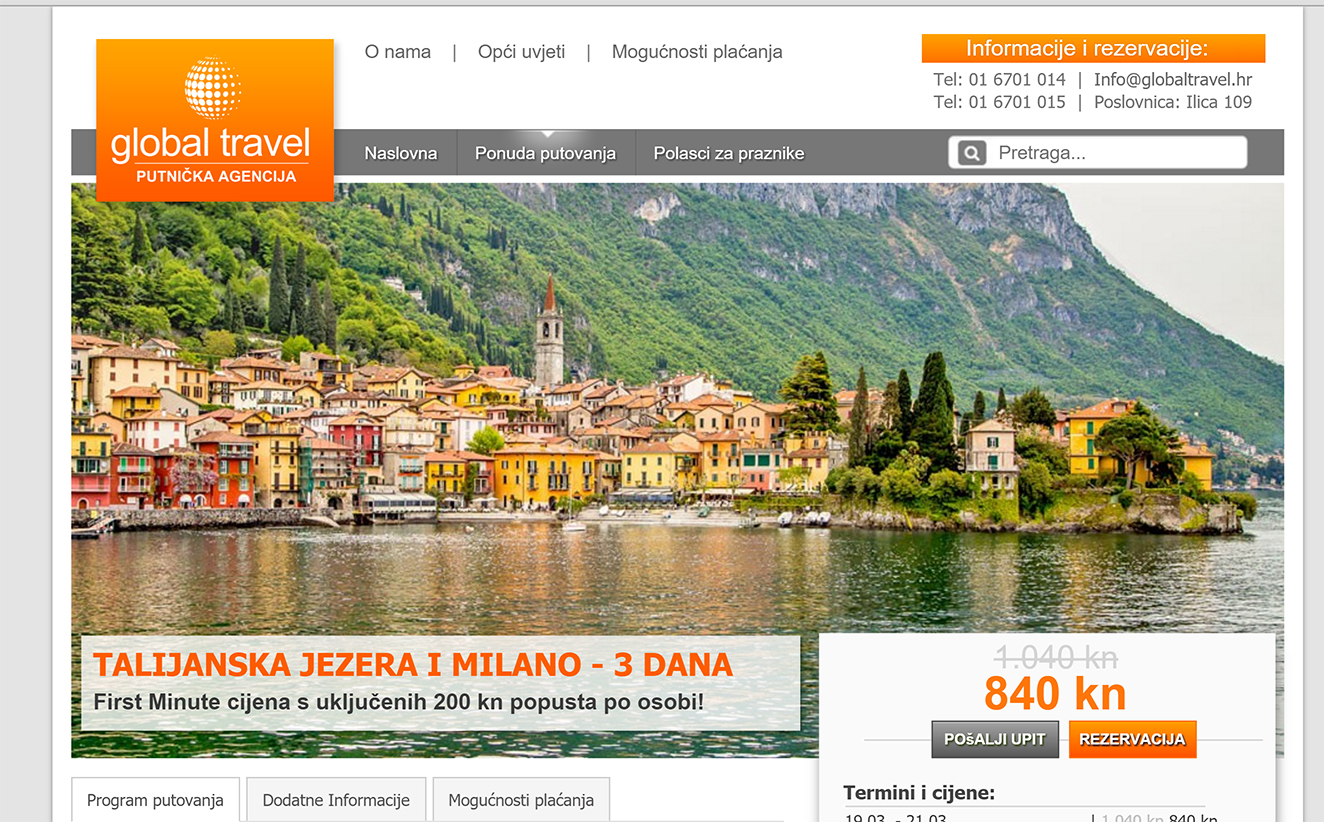



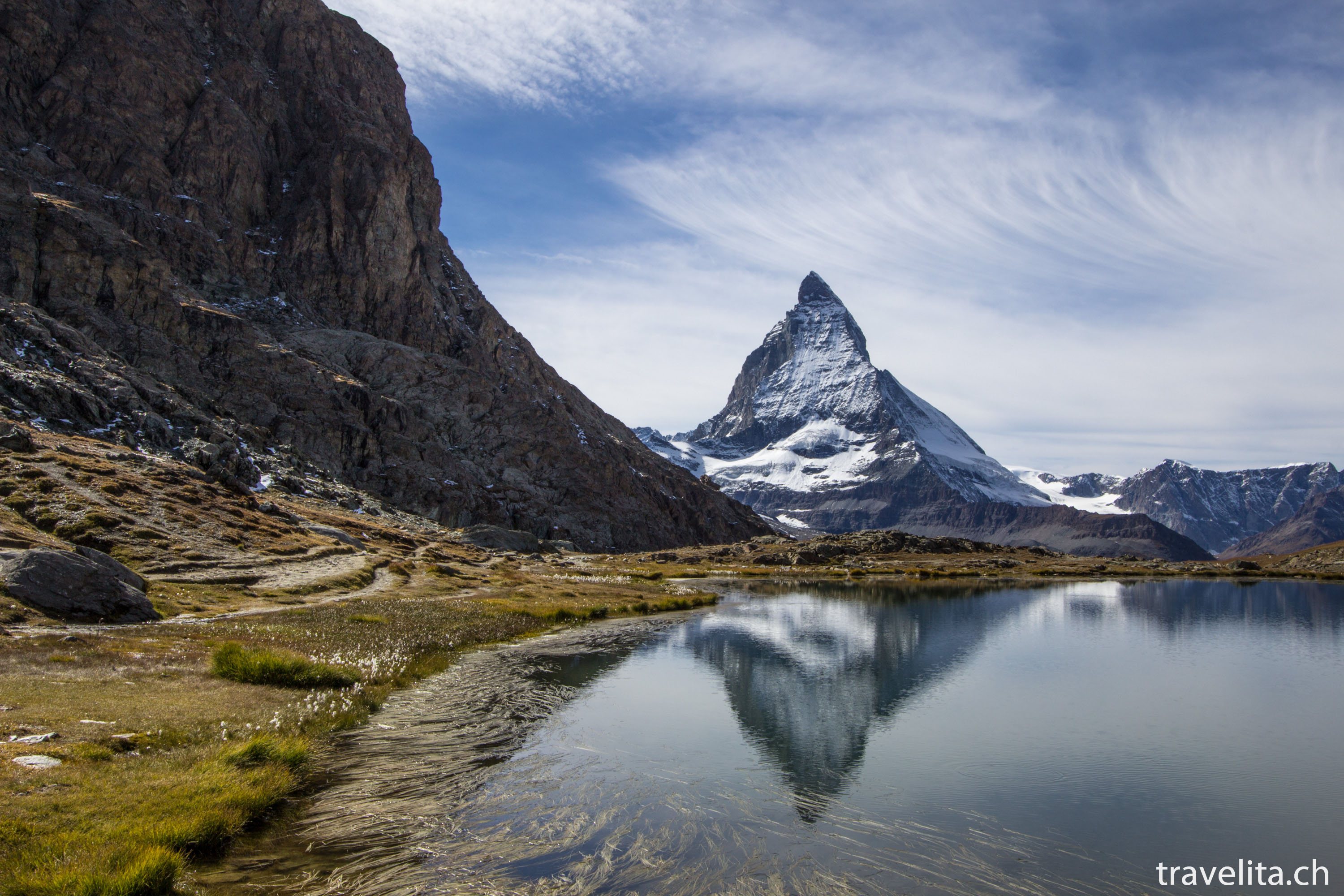

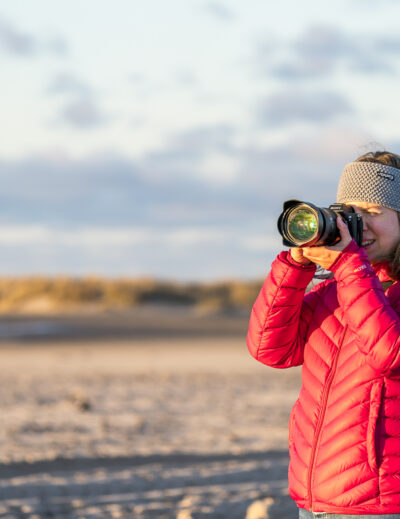
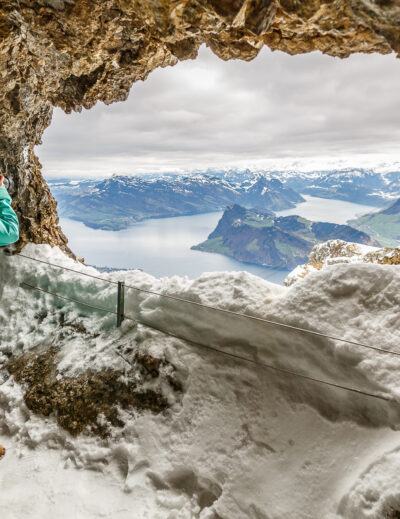
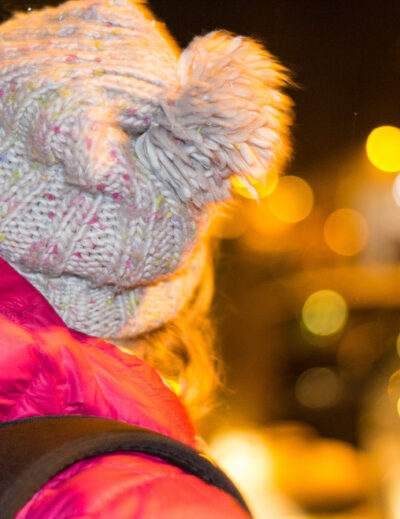
Leave a Reply